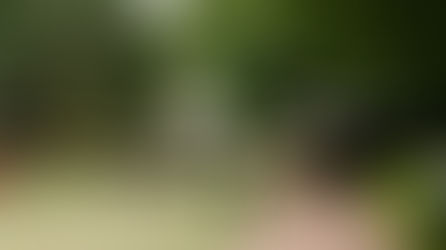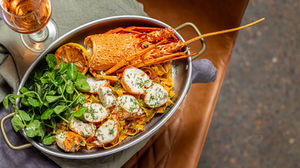Get Your SPARKLING On!
- Your Hunter Valley Magazine
- Dec 15, 2022
- 3 min read

Sparkling wine embraces a broad spectrum from the ultra-luxury to the everyday, but its traditional role has remained one of joy – celebrating togetherness, a happy occasion or special event.
Wine consumers around the world are drinking sparkling wines like never before. The message from producers and wine writers has been clearly understood, and that is that 'bubbles' can be enjoyed at any time and not just when you are celebrating. It's no surprise, therefore, that the production of sparkling wines has increased by 57% since 2002, with the world now producing 2.5 billion bottles of sparkling wine, just under 8% of the world's total wine production.
Of all the wine styles, sparkling wine perhaps intrigues the most. It is the ultimate party starter and all-around crowd-pleaser and fits comfortably in various situations and events. Since the late 1600s, Champagne or sparkling wine has been the most prestigious celebratory wine in the world, and as we roll into the festive season, you can be sure that we will soon all be hearing the joyful 'popping' of corks as bottles of sparkling wine are opened to welcome in the new year. But not all sparkling wines are Champagne, and not all sparkling wines are made the same way.
Champagne is a regionally protected name and can only be produced in the Champagne region of France. It can only be produced in one way, in a bottle using natural fermentation known as the Traditional Method (or Méthode Traditionnelle) and using only three grape varieties - Chardonnay, Pinot Noir, and Pinot Meunier.
Sparkling wines produced in other regions of France as well as other countries around the world are often referred to by their local name or region, such as Espumante from Portugal, Cava from Spain, or Asti from Italy (the generic Italian term for sparkling wine being Spumante) to name a few.
Simply put, sparkling wine is a type of wine with a high amount of carbon dioxide, which makes it bubbly. The carbon dioxide may result from natural fermentation - either in a bottle, as with the Traditional Method, in a large tank designed to withstand the pressures involved - as in the Charmat process, or because of carbon dioxide injection. The sweetness of sparkling wine can range from very dry ‘brut’ styles to sweeter ‘doux’ varieties.
Sparkling wine is usually white or rosé, but there are many examples of sparkling red wines as well.
Most Australian sparkling wine is made using Chardonnay, Pinot Noir and Pinot Meunier, the same as Champagne. The juice is still white despite using two red grapes, as sparkling wine production doesn't employ skin contact, thereby avoiding red colour extraction and any potentially coarse flavours in the juice.
Although excellent on its own, sparkling wine is one of the most food-friendly wine styles. Its bubbles and bright acidity refresh the palate, making it well-suited to rich, salty foods. Australian sparkling wines pair well with shellfish, oysters, prawns, and soft cheeses such as camembert and brie.
Textural, savoury sparkling rosés can stand up to fuller-flavoured seafood and is perfect with smoked salmon, roasted white meats, rich fish, or chocolate-covered berries. Brie and prosciutto are also fantastic with a lovely rosé and even better when combined.
A perfect sparkling wine for the festive season, the uniquely Australian sparkling Shiraz is fantastic with glazed Christmas ham and, depending on how sweet the style, can be paired with pastries and desserts.
It is the holiday season and, therefore, a time to indulge and give the gift of indulgence too. So, no matter what the purpose or what gatherings and celebrations you have coming up, you are bound to find the perfect bottle of bubbles amongst our Sparkling Dozen to help the occasion truly sparkle.











































































































